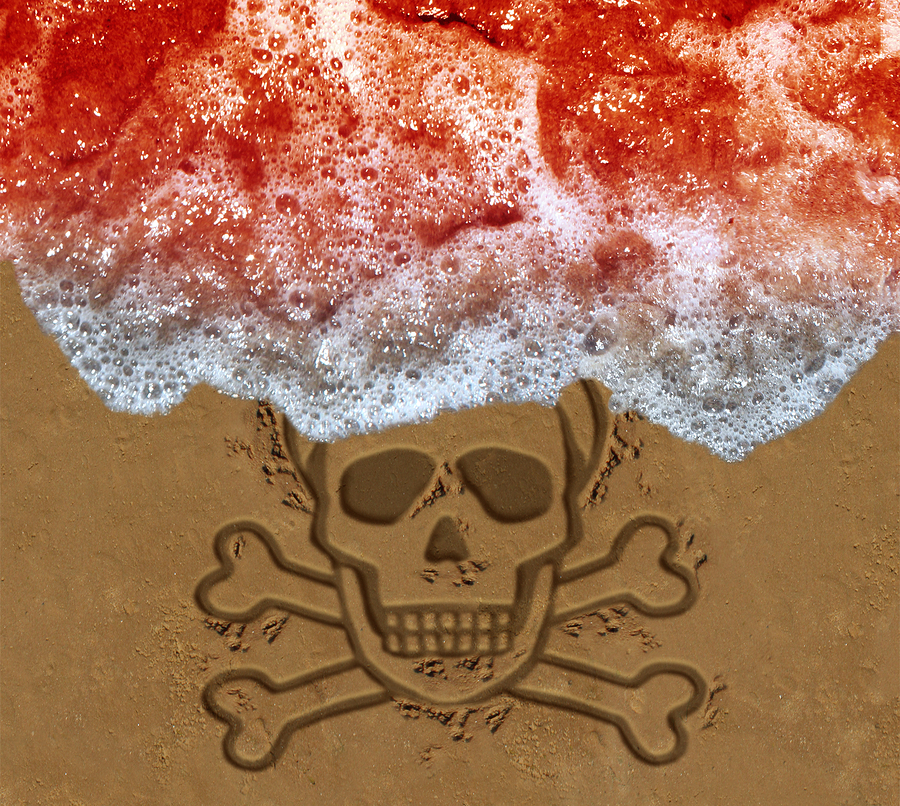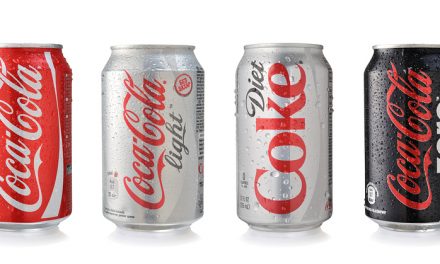This week, tests confirmed what residents and tourists on our side of the state have been complaining about: red tide had indeed “struck the Space Coast, raising the specter of more dead fish,”1 itchy throats, and beachside coughs. Although to be fair, the rancid fish carcasses on the beach should have been a dead giveaway, too. (And while there’s never a good time for this to happen, according to Jon Shenker- an associate professor of marine biology at Florida Institute of Technology- there’s a “…big mullet run on the beach, so there are a lot of migratory fish following the mullet runs.” 2)
This disaster is making people sick, killing marine life, killing the tourist season, and ruining fish runs.
When is the government going to deal with the real problem?
RELATED STORY:
Dead fish have been reported at Indialantic and Melbourne Beach, including bluefish, Spanish mackerel, mulle, and other fish and a “dead fish dotted the shoreline every 10 feet or so at Paradise Beach Park.”3 And on Tuesday, water samples showed “‘high levels’ of red tide (greater than 1 million algae cells per liter) at Pelican Beach Park in Satellite Beach” and at one site in Indian River County, as well as “at ‘medium’ levels (between 100,000 and 1 million algae cells per liter) at Nance Park in Indialantic, in Melbourne Beach,” 4 and elsewhere in Indian River and Broward counties.
“Red tide has killed fish for months on Florida’s Gulf Coast. Some biologists thought Hurricane Michael might help to break up that algae bloom. But runoff from hurricanes also can recharge the nutrients washing back into the Gulf, spreading red tide’s deadly impact over an even wider area.
…
I think right now, with the attention that this bloom that’s been going on in Southwest Florida for over a year now has brought to the public, ultimately, it needs to be a bellwether about mitigating man-based nutrient sources to the coastal environment,” said Peter Barile, senior scientist at Marine Research and Consulting Inc. in Melbourne.”5
RELATED STORY:
For years, scientists and biologists have warned us that all the sources of excess nitrogen and phosphorus (sewage spills, leaky septic tanks, etc.) “entering coastal waters would trigger frequent, severe harmful algae blooms”6 and it turns out they were right.
We are still suffering. The environment is still suffering. Marine life is still suffering. Enough is enough.
RELATED STORY:
The red tide currently on our coast began blooming on Florida’s southwest coast in October 2017. Although the Lake Okeechobee releases didn’t cause it, they’ve certainly made it worse.












